Spring has arrived, bringing with it fresh joy, the vibrant hues of new buds and verdant shoots, and the excitement of a promising new beginning. During the gentle spring rains of these early days of the year, members of the Institute for Sustainable Development and the Economics and Development Journal organized an early spring excursion for the Year of the Snake 2025, coming together to embrace noble spiritual values, nurture goodness, and cultivate an optimistic spirit for the journey ahead.
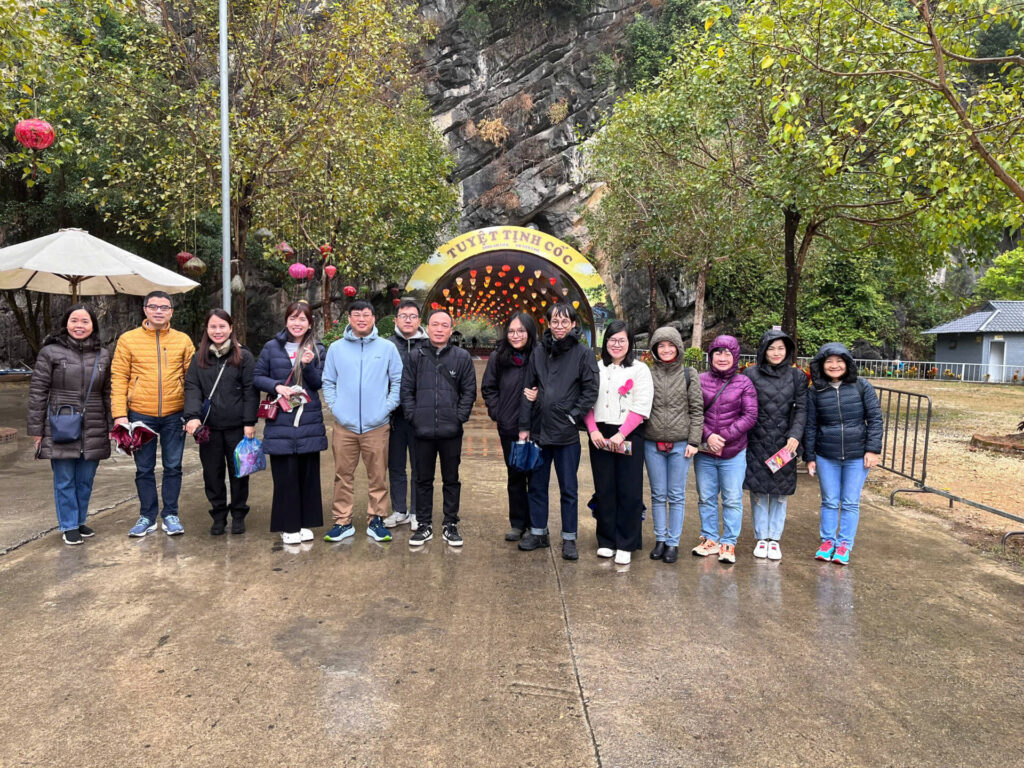
Each Tet season, Vietnamese people eagerly anticipate the tradition of spring outings—a beautiful cultural practice that is indispensable during the early days of the new year. This is not only an opportunity to appreciate the scenery of spring, but also a time to pray for good fortune and happiness in the coming year. Many seek landscapes and spaces that inspire the soul, providing moments for contemplation and connection with spiritual values. Therefore, the custom of spring temple visits has become an essential tradition for countless Vietnamese people, not merely for religious reasons, but also as an embodiment of traditional Tet culture.
Our group offered incense and visited Vuc Vong Temple, Am Tien Pagoda, and Tam Coc Pagoda in Ninh Binh Province.
Vuc Vong Temple is a historical site within the Hoa Lu Ancient Capital complex. The temple is named after a whirlpool ("vuc vong" means whirlpool temple). Built in the 16th century, Vuc Vong Temple features a "cong" (工) architectural style and is dedicated to Lady Nguyen Thi Nien, daughter of Nguyen Quyen—a renowned general under the Mac Dynasty who was entrusted with defending Truong Yen territory—along with her husband My Quan Cong Bui Van Khue and their children. Lady Nguyen Thi Nien was a woman of exceptional talent and virtue who, after avenging her husband's death, chose to end her own life to preserve the sacred bond of marital fidelity. She is revered by the people as Mau Thoai (Mother Goddess Thoai).
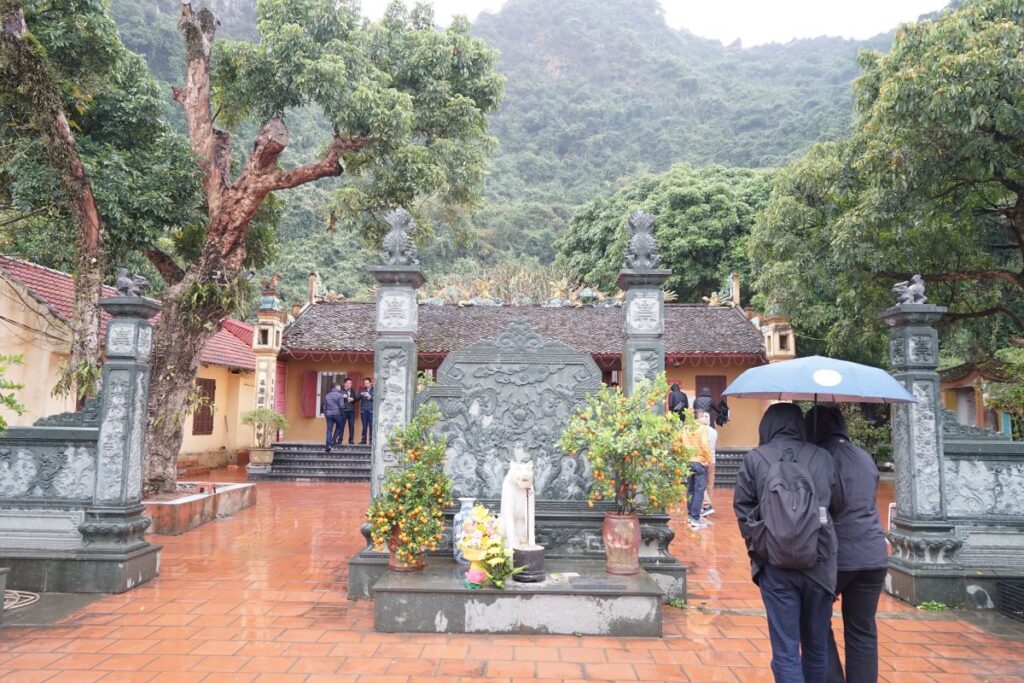
The group then visited Am Tien Pagoda, located within Am Tien Cave in Truong Yen Commune, Hoa Lu District. This destination is only 400 meters from the eastern entrance of Dinh Tien Hoang King's temple, adjacent to the eastern citadel of the ancient Hoa Lu capital. The pagoda and Am Tien Cave are situated within the Ngu Phong Son mountain range. This historical complex contains significant architectural, landscape, historical, cultural, and spiritual values. In 1998, the Ministry of Culture and Information designated it as a National Historical and Cultural Monument.
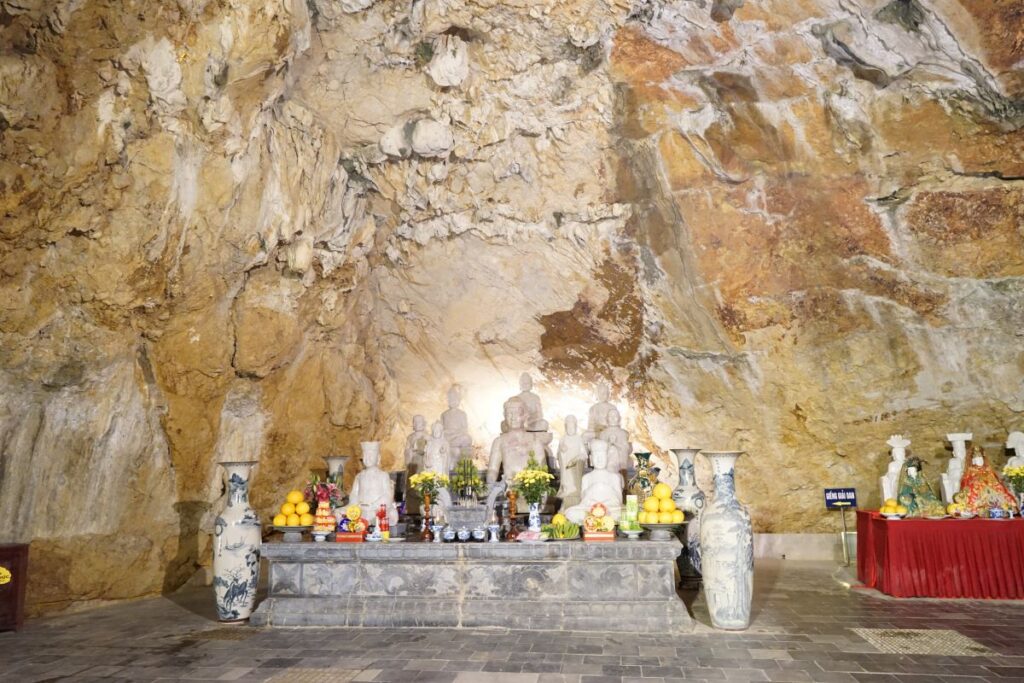
Beyond Buddha worship, Am Tien Pagoda and Cave also honor Zen Master Nguyen Minh Khong, who contributed to the cave's restoration and the pagoda's construction. He was a distinguished master who made great contributions to the Ly Dynasty court and the nation. His merits are recorded in official histories and preserved in folk legends. Nguyen Minh Khong is credited with founding numerous ancient pagodas, many of which still exist today, including the ancient Bai Dinh Pagoda, Dich Long Pagoda, Non Nuoc Pagoda (Ninh Binh), Keo Pagoda (Thai Binh), and Keo Pagoda (Nam Dinh). Beyond his profound understanding of Buddhist doctrine, he was also skilled in medicine. Due to his great service in treating King Ly Than Tong, he was appointed as National Preceptor—the highest-ranking Buddhist monk during the Ly Dynasty.
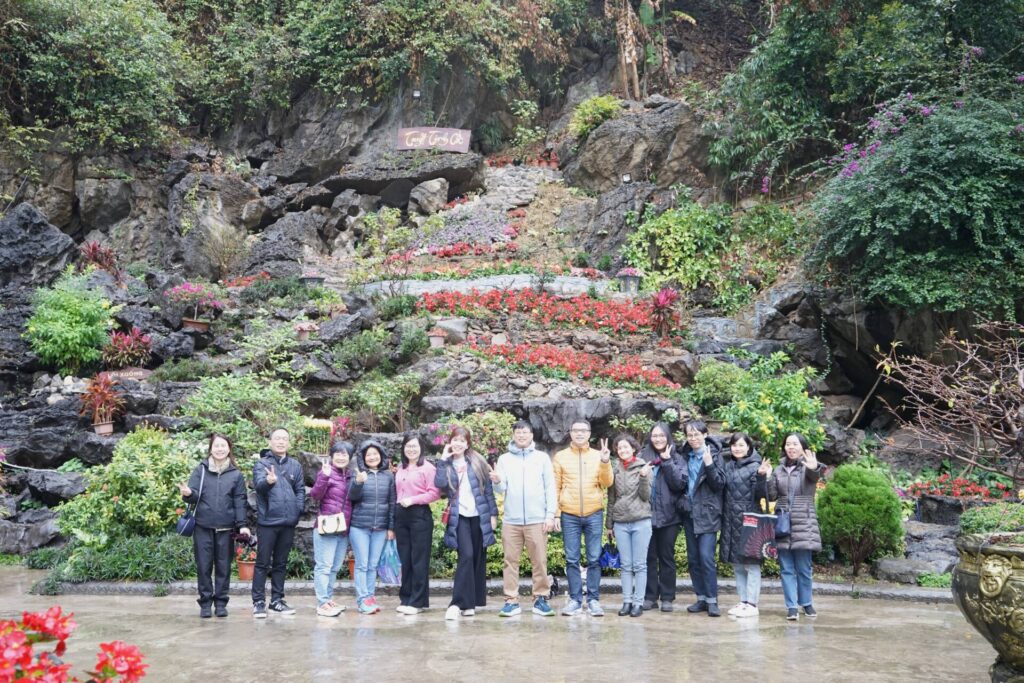
After visiting Am Tien Pagoda, the group proceeded to Bich Dong Pagoda, famous for its pristine scenery and contemplative atmosphere. Bich Dong Pagoda is an ancient temple built on the Truong Yen limestone mountain range. This historical and cultural monument is part of the Trang An Tam Coc - Bich Dong scenic complex, which has been designated as a special national monument and recognized by UNESCO as a World Heritage Site. It is one of Ninh Binh Province's most renowned scenic spots, known as "Nam thien de nhi dong" (the second most beautiful cave in the southern realm).
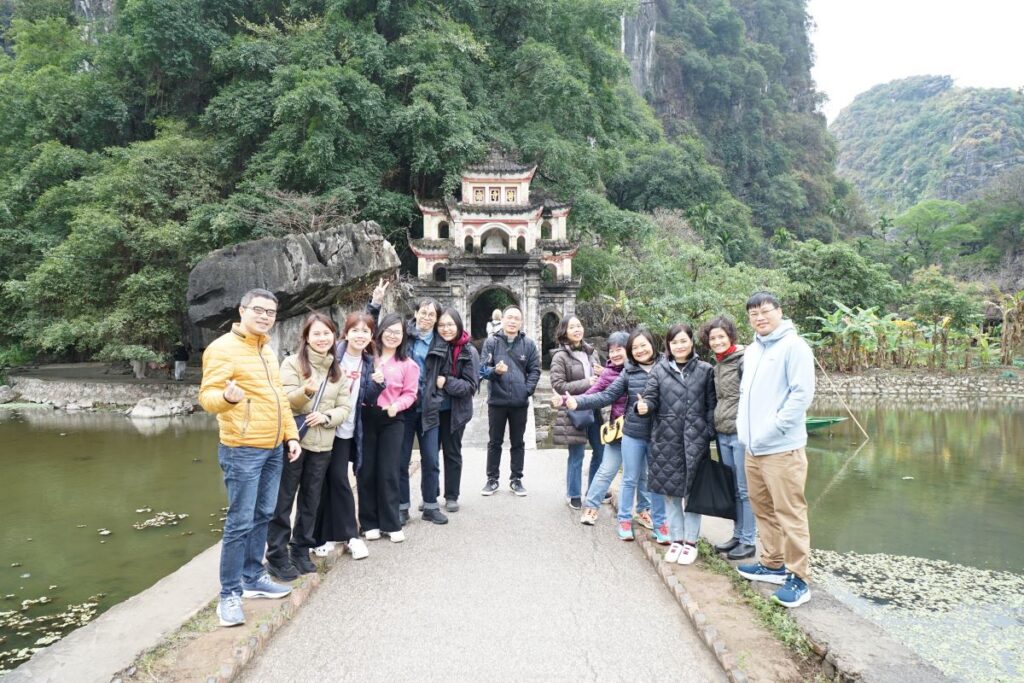
Bich Dong Pagoda preserves ancient architecture built in the "Tam" (三) character style. The complex consists of three separate pagodas arranged along the mountainside at three different elevations: Lower Pagoda (Chua Ha), Middle Pagoda (Chua Trung), and Upper Pagoda (Chua Thuong).
Finally, traveling approximately 4 kilometers by road from Bich Dong Pagoda, our group visited the Thung Nham Ecological Bird Garden Tourism Area—a sanctuary for various bird species, located entirely within the core zone of the Trang An scenic complex. The Bird Garden at Thung Nham Ecological Tourism Area serves as a habitat and residence for diverse bird species, from rare birds (cranes, phoenixes) to common birds such as storks, herons, kingfishers, magpies, and fire-backed munias. Thung Nham Bird Garden spans over 300 hectares and is home to approximately 40,000 birds in about 5,000 nests, representing 46 bird species. Many of these species are listed in Vietnam's Red Book, including the painted stork and little cormorant. Thung Nham is also home to 109 plant species and 150 animal species, including 58 fish species, 7 amphibian species, and 10 mammal species, all requiring conservation and development.
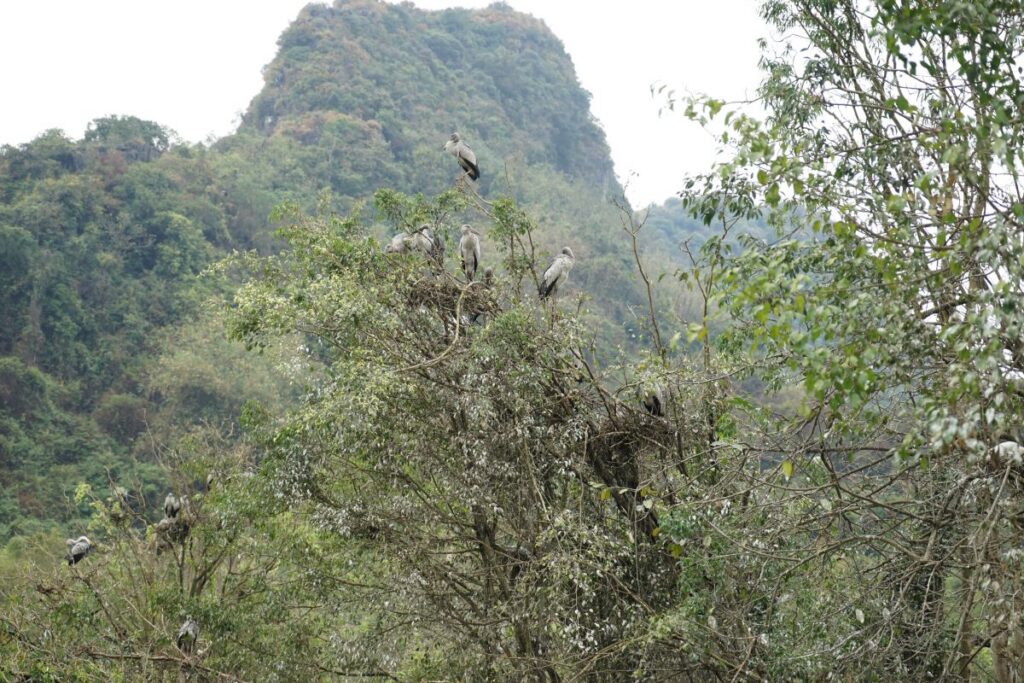
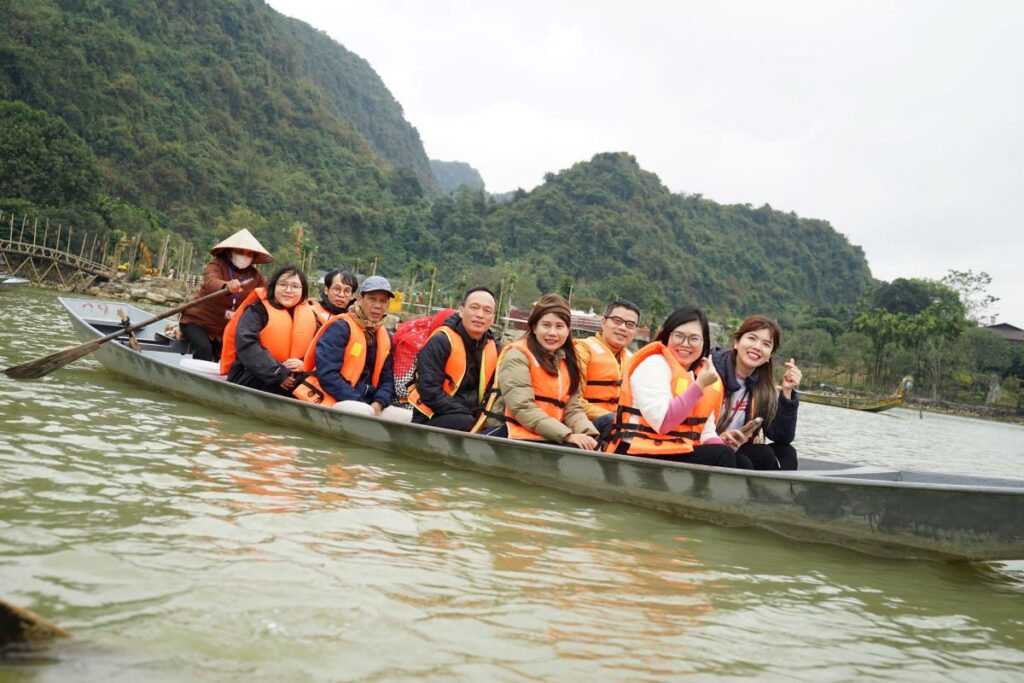
During this visit to Thung Chim, we encountered cranes, grey herons, and storks. According to our boat operator, this is the breeding season for grey herons, with some individuals weighing up to 4 kilograms. Sitting on the boat, gently gliding along the water, listening to the sounds and observing the flocks of storks and various birds, we experienced moments of tranquility and connection with nature, appreciating the pristine and extraordinary beauty that can hardly be found elsewhere.
Some images from the Early Spring Excursion 2025:
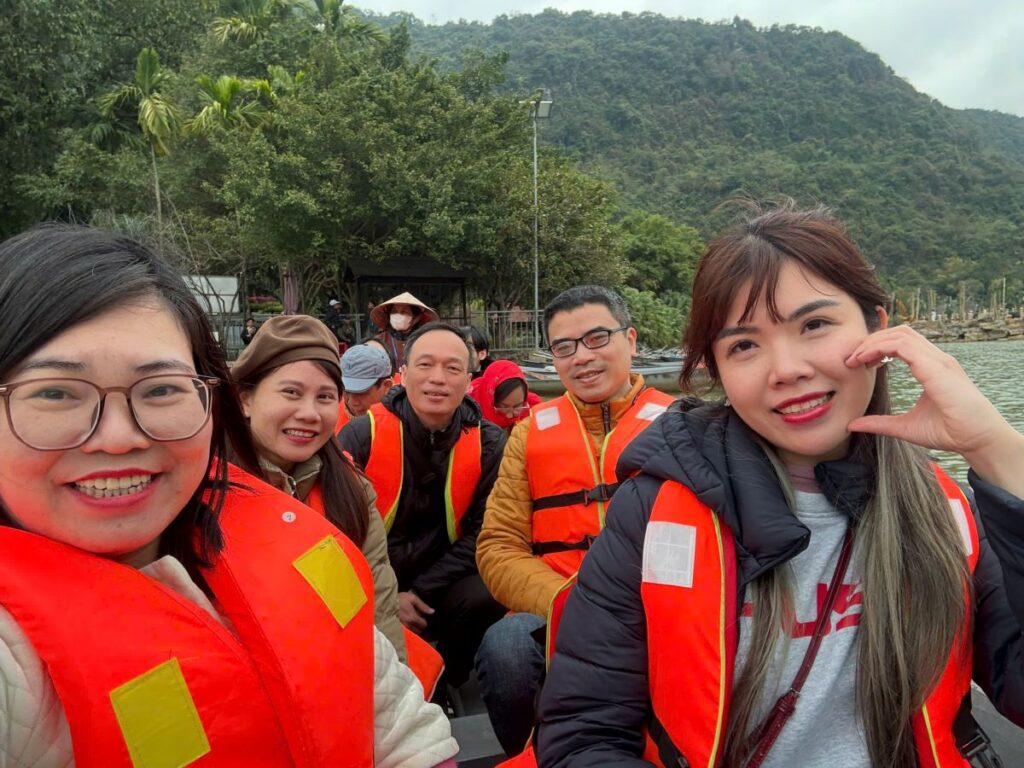
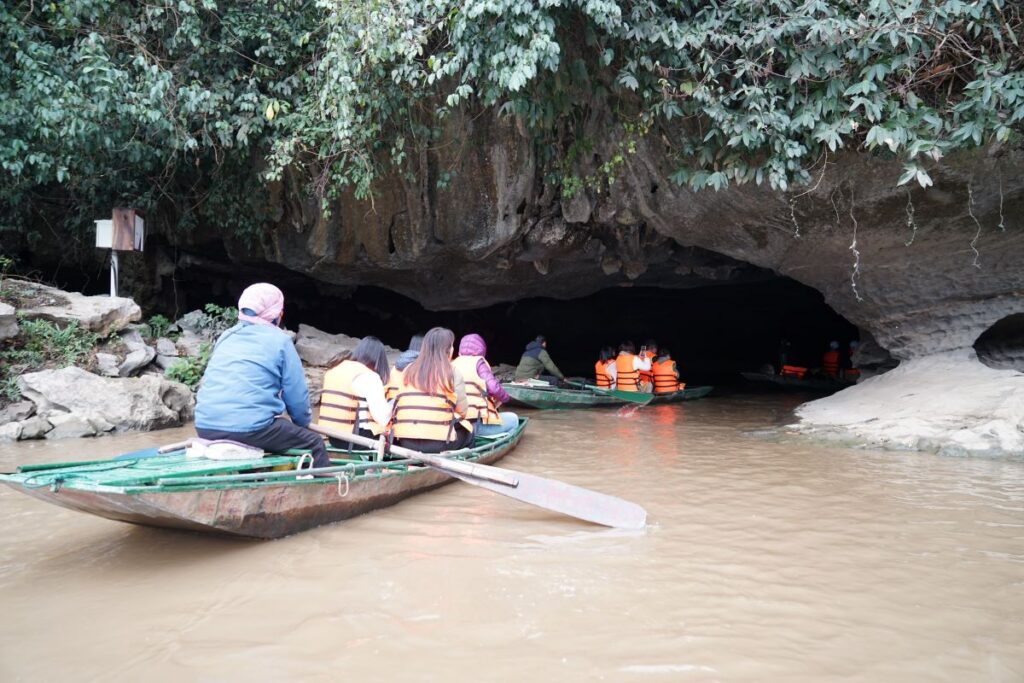
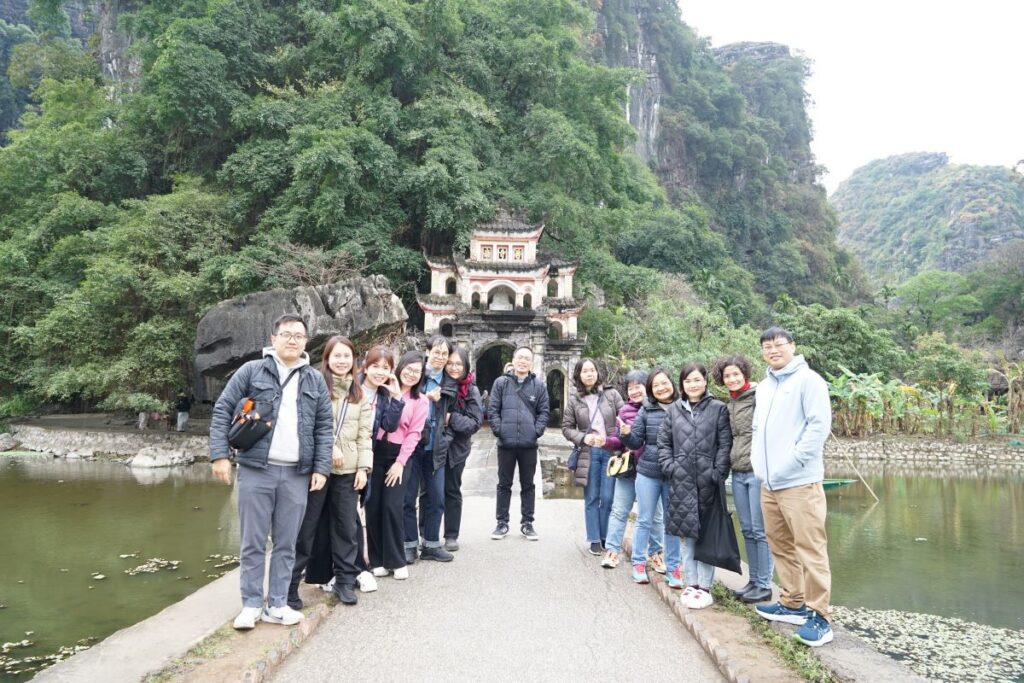
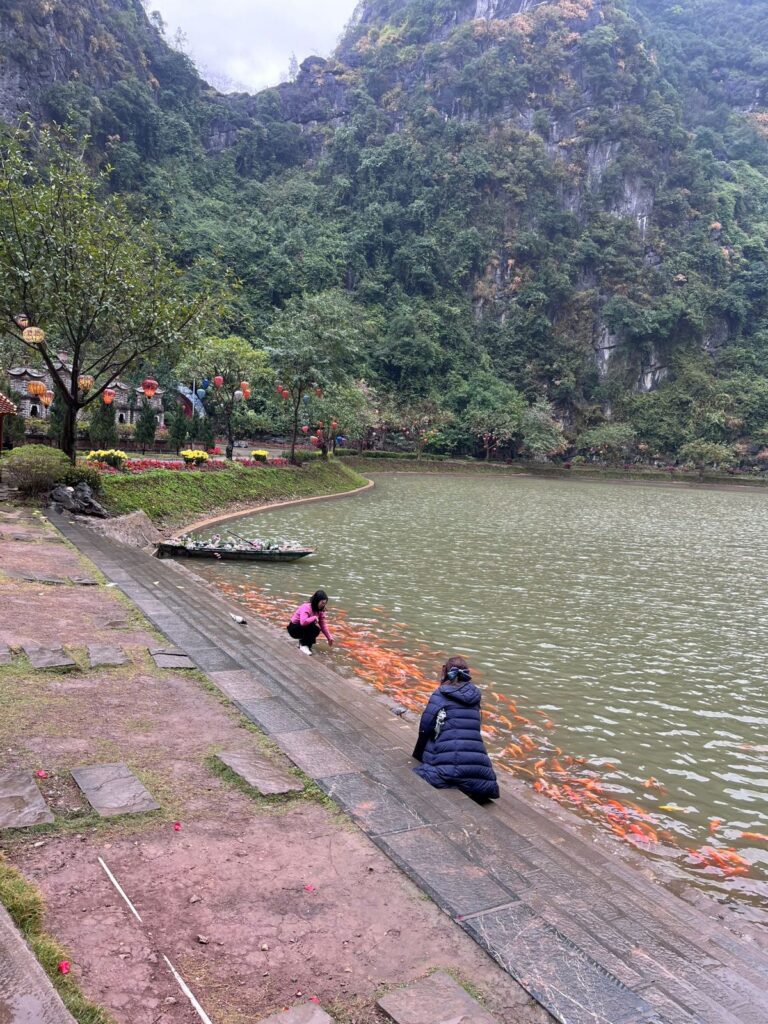
Text and Photos: Institute for Sustainable Development
